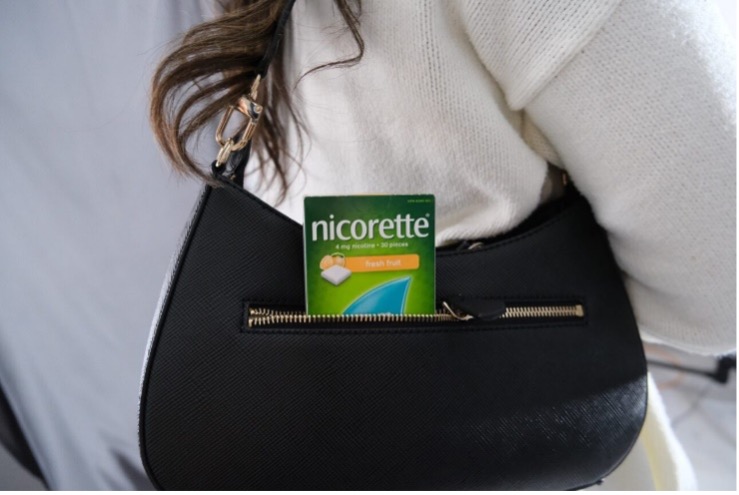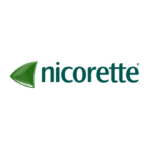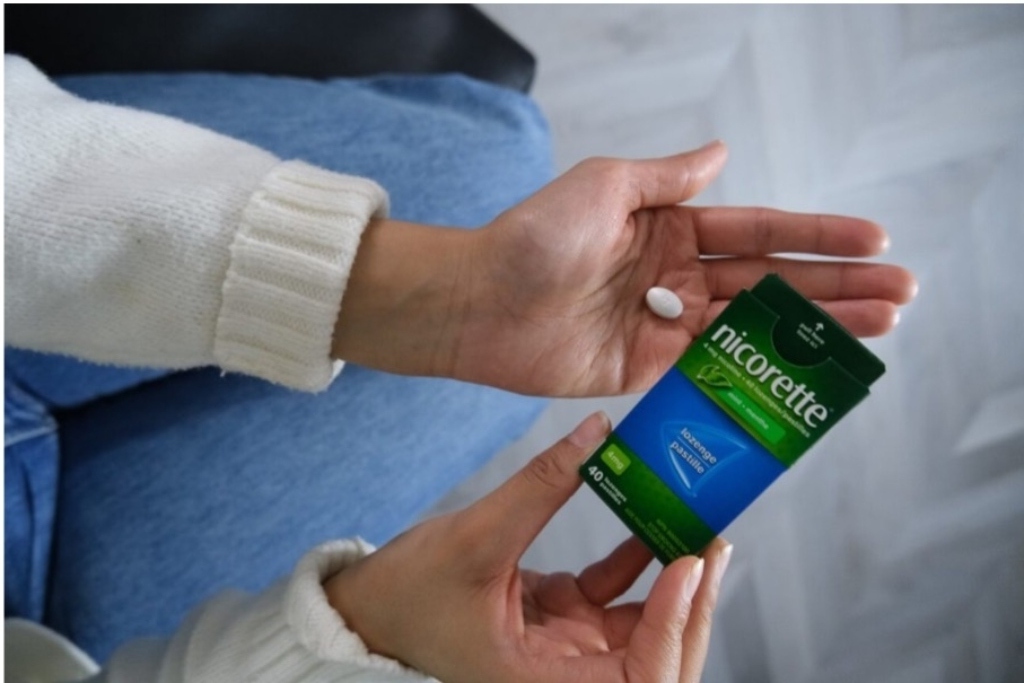This content was created by Xtra’s branded content team alongside Nicorette Canada, separate from Xtra’s editorial staff.
When it comes to quitting smoking, Roger Tam’s biggest piece of advice is to remind people that they do not have to do it alone. “There are resources out there,” said the Winnipeg-based pharmacist who also works at Our Own Health Centre, a 2SLGBTQIA+ organization providing addictions and smoking cessation counselling.
“Quitting smoking is a process that involves a lot of attempts, setbacks and progress. It can be a frustrating experience, but it’s important to remember that this is normal,” said Tam, who notes 2SLGBTQIA+ adults are up to 1.6 times more likely to smoke than other Canadians. 1
“For some people, it may take more than 30 attempts to quit before succeeding. However, once you do quit, the benefits are almost immediate.”
SUPPORT SYSTEM
Everyone’s quit journey is different, said Tam, and while there are different paths to success, there are also resources available to help you stay motivated along the way. First, quitting smoking is not something that has to be done alone. A support network of family, chosen family, friends or health care professionals—like a pharmacist or a cessation coach—can help you reach your goal.

Credit: Nicorette Canada Credit: Nicorette Canada
Tam said that support person can help by being available to talk or visit anytime you are finding things difficult, celebrate you when you hit a quit-smoking goal or milestone, or simply lending an ear at times when quitting feels extra trying. Another way people in your life can help is by sharing their quit journeys with you – a reminder that you aren’t alone in having attempted this huge feat.
“There will be times when you need a little moral support. Having someone to lean on in a moment of weakness could be just the trick to keep you on track,” he said. “It’s also reassuring to know that many others are going through the same journey toward smoking cessation.
“Each individual’s support network can vary, with some people finding it helpful to join local support groups or work with a smoking cessation healthcare expert, such as a pharmacist who can provide personalized advice and medication. Others may find accessing websites like Nicorette.ca, which offers various impactful resources, or the Canadian Cancer Society, which offers coaching programs online and by phone, to be beneficial.”
MOTIVATION
Tam said people should also concentrate on why they are quitting smoking. While the cardiovascular and respiratory benefits of not smoking are well known, he said there are other benefits people may not be aware of.
“Every person has their own reasons for wanting to quit smoking and these reasons can be varied,” he said. “One of my patients shared that he was motivated to quit smoking due to the effect it had on the ageing process. Smoking can cause the skin to wrinkle due to a decrease in collagen and elastin fibers. While it may not be possible to completely erase wrinkles that have developed, your skin’s overall appearance will improve once you quit smoking.”
Smoking can also lead to gum disease, tooth discoloration and loss, and the carcinogens and chemicals in cigarettes can also contribute to hair loss. Quitting smoking can also help your pocketbook. According to NICORETTE® Savings Calculator, a person who smokes an average of 10 cigarettes a day spends more than $2,500 every year on tobacco2—money that could be used for a vacation or a new outfit for Pride.
RESOURCES
As a smoking cessation pharmacist, Tam also recommends people use nicotine replacement therapy (NRT) to help them quit. He said a NicoDerm® patch, which is placed on the skin, can provide a continuous dose of nicotine throughout the day. They come in three different doses, so over time you can gradually decrease the amount of nicotine in your body.

Credit: Nicorette Canada Credit: Nicorette Canada
To help with cravings, patches can also be used in conjunction with quick-acting NRT products like gums, sprays, lozenges and inhalers, he said. For example, NICORETTE® QuickMist® oral spray starts to work on cravings within 30 seconds and is sprayed on the inside of your cheek, where the nicotine is absorbed into your bloodstream. Also, NICORETTE® Gum can help with cravings and withdrawal symptoms and works when it’s chewed a couple times before placing it next to the inside of the cheek, where the released nicotine will be absorbed (an important step since nicotine is absorbed faster through the mouth lining). This can be repeated several times, with the gum lasting about half an hour.
With the higher prevalence of smoking among the 2SLGBTQIA+ community, there is a strong possibility that smokers will encounter people smoking at Pride events this summer, triggering their craving for a cigarette. If this happens, in addition to the fast-acting NRT products, Tam recommends also practicing the four Ds: delay, drinking water, distraction, and deep breathing.
“The goal of this method is to keep your hands and mouth occupied,” he said. “You can try chewing gum or carrot sticks, handling a cinnamon stick like a cigarette, sipping on non-alcoholic drinks, or playing on your phone for a few minutes to distract your mind from smoking. If you are anxious, taking a few deep breaths can also help you relax.”
And, he said, if a person does start smoking again, don’t get discouraged. “Quitting smoking can be challenging, and every step you take toward quitting should make you feel proud. Never see a lapse as a failure. Every time you try to quit you are just one step closer to being smoke free,” Tam said.
For more resources to help you quit smoking, including advice, tips, a savings calculator and information on NRT products, visit Nicorette.ca.


 Why you can trust Xtra
Why you can trust Xtra